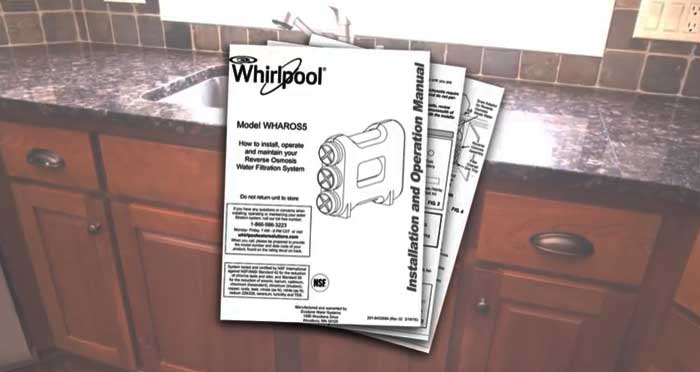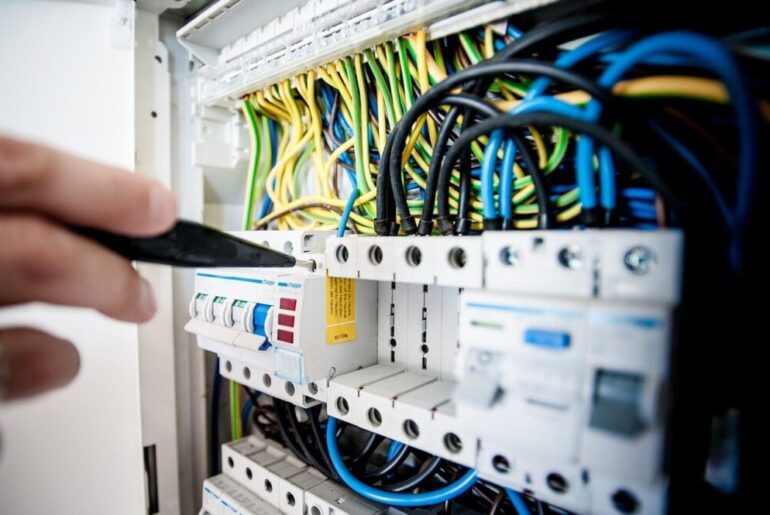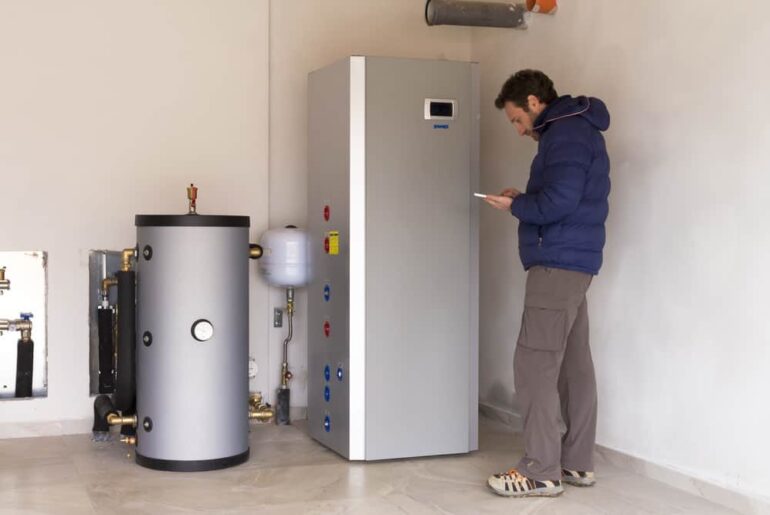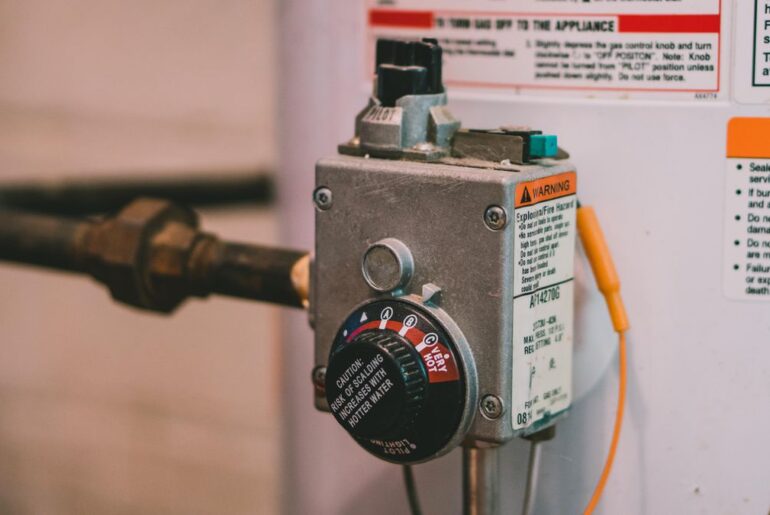There are a lot of water filters out there among whom reverse osmosis water filtration system offers you a better solution for all your water problems.
Access to clean and purified water is still a dream for many families who suffer from different digestive diseases by drinking filthy water.
Reverse osmosis filters are installed to treat the water coming from every faucet in your home.
It is more like a whole house filtration system but works with more complex mechanisms and filtration techniques. Although these filters work differently, the installation process is simple and easy to understand.
This article will help you know all the nitty-gritty of installing your RO filter all by yourself.
Video Tutorial: How to Install RO System – Step by Step
Where To Install The RO System
The RO system works ideally installed in an under the sink kitchen cabinet or in a basement.
Any remote connection is also considered if you can arrange at least 12 inch tubing or a delivering pump for farther connections.
Required Tools And Material
Make sure you have all the below-listed tools and materials ready for your DIY installation task. Don’t make the last moment hassles ad shop for all the material beforehand.
- Reverse osmosis filter kit for under-sink installation
- Screwdrivers
- Level
- Adjustable wrench
- Adapter tee (if needed)
- Hacksaw
- Channel-type pliers
- Low-pressure tire gauge
- R reverse osmosis filter system
- Utility knife
- Teflon tape & Plastic tubing cutter
- Hammer & Center punch
- Electric drill
- Drill bits
Steps with Instructions To Install A Reverse Osmosis System
The following are the steps to install a reverse osmosis filtration system without calling out to a plumber.
1. Planning
You need to plan before buying a reverse osmosis system. There should be enough space under the sink cabinet so that the system can be installed with a perfect fit.
Take proper measurements. If you have already installed a garbage disposal unit or any other unit underneath the sink cabinet, the RO filter will be a hard fit.
2. Preparing
So, now when you have brought your RO system home, double-check to be sure of all the components.
If you have chosen a remote location, be prepared to work a little harder and extra because it will take time to connect the tubing with the filter and then with the cold water line.
3. Install The Sink-Top Spigot
The first step is to install the sink-top spigot so that the lines down the sink are all sorted out before it gets too messy with the other lines and pipes coming through the filter.
Many sinks have a knockout opening that doesn’t demand any effort. Mount the spigot to the kitchen sink deck. Now, attach the waterline to the opening of the sink and connect the red tube into the faucet.
4. Tank Positioning
First, install the tank connector and apply plumber’s tape on the top threads of the tank’s opening.
Screw the spigot connector with the tank. Tighten the connector with your hand and place the tank under than sink.
5. Filter Assembly Mounting
Mark the location for the hanger washers and remove the filter assembly to set them up on the wall below the sink.
Do a recheck before placing the filter assembly that it is at a minimum distance of 15 1/2 inches from the floor. Screw the hangers tightly on the marked place and place the assembly mount on the washers.
6. Attach The Water Line
Connect the ¼ inch green water line to the water supply line. Turn off the water supply.
You will need to use an adapter tee if the faucet uses a different flex tube than the standard one. It will make the transition to the water supply tube easier.
7. Connect The Tubing
The pre-filter further connects to another tube from the last canister that is the RO canister to the sink and then another one to the tank.
8. Connect The Drain
Place the filter’s tee fitting against the drain pipe and cut it using a hacksaw. Fit the drainpipe with the filter’s pipe and connect the drain trap with the help of nuts and washers.
9. Pressure testing
Finally, perform a pressure test. Turn on the cold water supply so that you can feel the water coming out of the faucets with pressure.
Please note: CharlieTrotters.com is reader supported. This page may contain affiliate links. If you buy a product or service through such a link we earn a commission at no additional cost to you.








